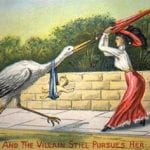 Travel
Travel  Travel
Travel  Miscellaneous
Miscellaneous 10 Intriguing Origins of Popular Sayings
 Facts
Facts 10 Little Known Facts about the Rubik’s Cube
 The Arts
The Arts Top 10 Iconic Musicals That Got Horrible Reviews
 Misconceptions
Misconceptions Ten Unexpected Truths About How Pirates Really Lived
 Health
Health 10 Most Outrageous Workout Trends
 Weird Stuff
Weird Stuff 10 Surprising Things That Were Designed to Stop Evil Behavior
 Movies and TV
Movies and TV Top 10 Ghost Adventures Episodes That Will Haunt You Forever
 Animals
Animals Ten Animals That Produce and Store Toxins in Unlikely Places
 Weird Stuff
Weird Stuff 10 Weird Things That Warp Your Sense of Time
 Travel
Travel Ten Tiny Kansas Towns with Strange Claims to Fame
 Miscellaneous
Miscellaneous 10 Intriguing Origins of Popular Sayings
 Facts
Facts 10 Little Known Facts about the Rubik’s Cube
Who's Behind Listverse?

Jamie Frater
Head Editor
Jamie founded Listverse due to an insatiable desire to share fascinating, obscure, and bizarre facts. He has been a guest speaker on numerous national radio and television stations and is a five time published author.
More About Us The Arts
The Arts Top 10 Iconic Musicals That Got Horrible Reviews
 Misconceptions
Misconceptions Ten Unexpected Truths About How Pirates Really Lived
 Health
Health 10 Most Outrageous Workout Trends
 Weird Stuff
Weird Stuff 10 Surprising Things That Were Designed to Stop Evil Behavior
 Movies and TV
Movies and TV Top 10 Ghost Adventures Episodes That Will Haunt You Forever
 Animals
Animals Ten Animals That Produce and Store Toxins in Unlikely Places
 Weird Stuff
Weird Stuff 10 Weird Things That Warp Your Sense of Time
10 Fantastic Facts About The History Of Chewing Gum
Love it or hate it, chewing gum is not going away anytime in the near future. In fact, when it first became a fad in the United States, many of the snootier folks hoped that the “vulgar fad” would pass on by. It didn’t. Instead, the chewing gum fad continued to grow as both an “ugly habit” and a medicinal product.
10 Thank You, Mexico

Chewing gum originated in Mexico. It was introduced to the United States by inventor Thomas Adams in 1866, and it was nothing like the chewing gum we know today. Instead, it was a little brown ball of chicle.
Chicle originates from the sapodilla (aka Manilkara zapota) tree. It is a white latex that the tree exudes when the bark has been cut. As it weeps from the tree, chicle collects bits of bark and dirt, giving it the brown coloring of “natural gum.”
Chewing the natural gum was addictive to those who were able to get their hands on it. By 1890, the natural latex was being imported into the United States in large amounts to make confectionary (sweet) chewing gum.
9 Modern Chewing Gum Is Invented
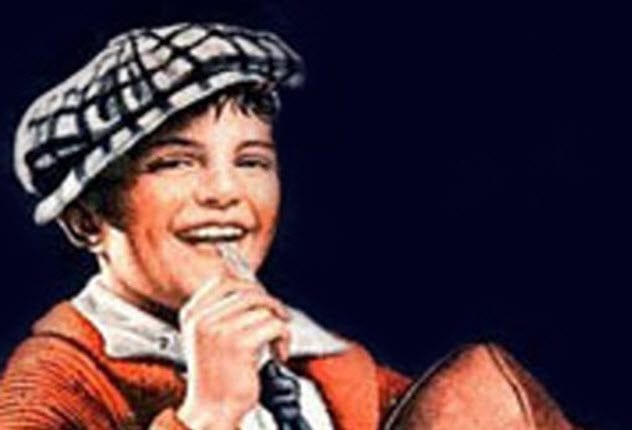
As soon as Thomas Adams got his hands on the natural chewing gum, he immediately went to work to figure out what it would be good for. After some experimentation, he decided that it was only good for chewing.
With a $35 investment, Adams boiled the chicle down until it was soft like bread dough. Then he rolled the gum into long strips and cut the strips into square pieces. The chewing gum was cooled and packed. No flavoring was added to the gum at this time. It was purely a product for keeping the jaws busy.
To get Americans into the habit of chewing gum, Adams shipped the gum to candy stores to be handed out for free with the purchase of candy. Kids took to the product immediately and started bothering candy stores for more gum the very next day.
8 Flavored Chewing Gum
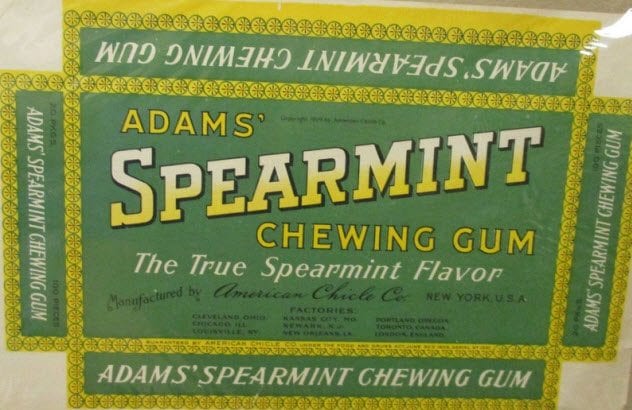
Although Thomas Adams’s natural chewing gum was doing really well, he saw the possibility for creating an even larger chewing gum market. In 1871, he began making flavored chewing gum. The first flavor he used was licorice flavoring, and the gum was called Black Jack. If that was not awesome enough, he also added tutti-frutti to his flavored gums and his company went on to install the first chewing gum vending machines.
There was no stopping Adams. He was able to take a natural product found in Mexico and turn it into a major confection. It satisfied the nation’s sweet tooth and drove parents and teachers crazy. By the end of the 1800s, there were other gum makers coming onto the scene with their own flavors. Their advertisements hit the newspapers, and the gum-making industry went wild.
7 The Bad Habit Of Women

Not only did children take to chewing gum, but women took up the habit in large numbers. In the eyes of some rather hoity-toity men, a woman chewing gum was the equivalent of a man chewing tobacco. It was considered a nasty habit by the upper crust.
In 1902, one man declared, “If those women must chew, let them take to the basement.” By 1903, there was even talk of organizing a society against gum chewing.
People were so angry that poor women had taken to chewing gum that they took every opportunity to disparage these women. At the very least, it was “beneath the dignity of all well-bred women” to chew gum, especially in public spaces.
6 William Wrigley Jr.
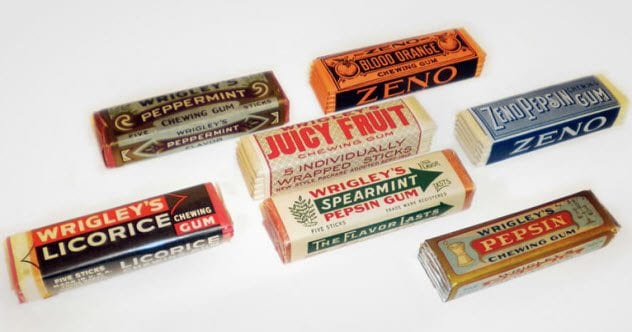
In 1891, William Wrigley Jr. was busy selling basic household products. He started giving away free sticks of chewing gum each time he sold baking soda. He immediately saw how much people loved the gum and decided to take a leap into the chewing gum business.
Wrigley produced a number of different flavored gums, including Sweet Sixteen Orange and his iconic spearmint gum. His immediate goal was to end the stereotype that chewing gum was for children and women. Men should also be able to enjoy the habit of chewing gum.
Wrigley was a visionary. In 1916, he gave his factory employees benefits and workers’ rights, something that was unheard of at that time, especially for factory workers. By 1924, he gave his employees weekends off. Unlike other employers of the time, his workers did not have to work six days a week to keep a roof over their heads.
5 Chewing Gum Parties

In 1904, a new fad hit the scenes: Young people would attend “chewing gum parties” in the big cities. To get into the party, each guest had to bring along a pack of chewing gum. The guests would begin chewing their gum until it was soft. Then, grossly enough, they would take the gum out of their mouths and use it like modeling clay.
Never mind the germs, it is reported that teenagers had a heck of a fun time playing around with chewing gum, shaping it into whatever they could think of.
4 Gum Lockets
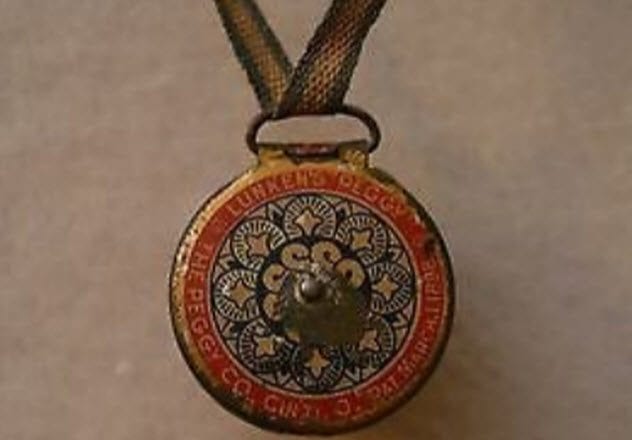
Picture lockets were extremely popular in Victorian times. People would wear pictures of their loved ones around their necks to keep them close. Then, in 1889, one gentleman came up with the idea of a gum locket where people could wear their chewed gum around their necks.
The idea wasn’t very popular until 1913 when it suddenly became a trendy item. The locket looked similar to a picture locket, except it was lined on the inside with porcelain glass to prevent the chewed gum from sticking. It allowed women to chew their gum and, when necessary, put their used gum away for safekeeping until they were ready to chew it some more. Yum.
3 Fay Tincher
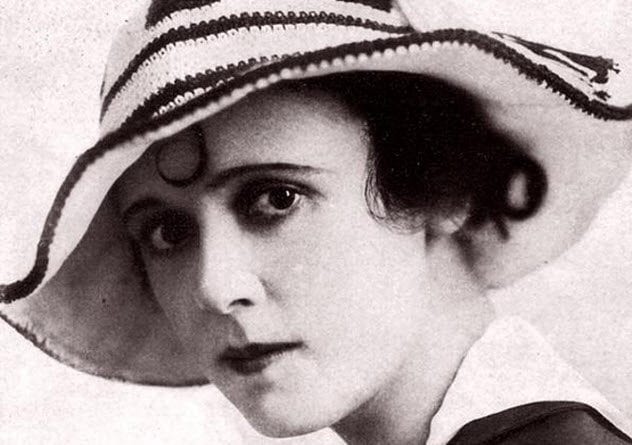
It was not long before chewing gum hit silent films, and the queen of chewing gum was Fay Tincher. By 1916, she was called the “girl with the chewing gum jaws,” and people envied her for “[chewing] gum for a living.” However, Tincher was far more than a pretty face chewing gum. She was a comedienne, actress, and director.
In one of her most popular roles on the screen, she played the character Ethel. Ethel was a gum-chewing fiend whose mere presence on the screen highlighted the appearance of the common working woman at that time.
Tincher was also known for dressing like a boy. In 1915, she told the Fargo Daily, “It’s more fun being a boy in a movie comedy than chewing a whole package of gum.”
2 Worry’s Greatest Foe
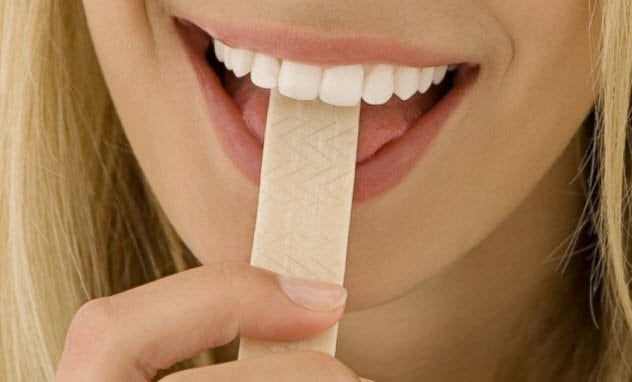
In 1916, chewing gum was named “worry’s greatest foe.” Chewing gum had gone from being an ugly habit of the working poor to being a psychological benefit for all in the United States. One article even claimed that chewing gum not only got rid of the worries, it also helped with insomnia and depression.
A chief physician of the Morals Court of Chicago stated that it was impossible “for worriment and depression to come upon an individual who is chewing gum” and that people can’t worry while their jaws are moving rapidly in an up-and-down fashion. Doctors began to prescribe gum for patients who were suffering from depression or bad nerves. These physicians believed that gum’s “medical use” would make a “better race of people.”
1 Americanization

While the US was slowly getting used to the idea that the chewing gum fad was not going away, Americans began to export their gum chewing plague to other countries.
Some people in other countries accepted the fad out of the sheer enjoyment of the chewing. As one Australian reporter put it in 1928, “I can see no argument against the use of chewing gum, except that the killjoys do not like it. The killjoys hate to see the human jaws moving in enjoyment.”
Meanwhile in England, there was an uproar against the policy of forbidding the police from chewing gum. The Duchess of Sutherland joined in the uproar by asking, “Why in Heaven’s name are our police forbidden to chew gum?” It turned out that some of the English upper classes were revolting against the Americanization of their country and strove to distance themselves from the American trend of chewing gum.
Elizabeth spends most of her time surrounded by dusty, smelly, old books in a room she refers to as her personal nirvana. She’s been writing about strange “stuff” since 1997 and enjoys traveling to historical places.





